Building a Bigger, Better South Australia: BHP plans to double copper production at Olympic Dam will bolster the SA economy
Demand for copper is set to boom in the wake of a global push for decarbonisation. We visited Olympic Dam to learn how its long-awaited expansion could help our state cash in.
SA News
Don't miss out on the headlines from SA News. Followed categories will be added to My News.
There’s a lot of copper here. Rows and rows of it, all stacked into bundles and lined up neatly on the concrete in the searing heat at Olympic Dam.
Each of the 500 or so bundles, only about knee height, weighs between two and three tonnes.
At a rough guess, that’s about 1200 tonnes of copper worth nearly $20m bound for a world increasingly reliant on the precious metal found in abundance here in the South Australian Outback.
Semi-trailers will arrive soon to take the copper down the highway to Port Adelaide, where it will be loaded onto ships and sold around the planet for use in products ranging from mobile phones and electric vehicles to wiring and water pipes to data centres.
For mining giant BHP, these orderly rows of copper plates are what all the fuss is about. They’re the end product of a 24-7 process which employs 3500 people here at Olympic Dam, about 570km north of Adelaide. It’s a massive operation that covers about 200 square kilometres and injects billions of dollars into the South Australian economy.
But if everything goes to plan, this mine and its adjoining mills, smelter and refineries will soon be even bigger.
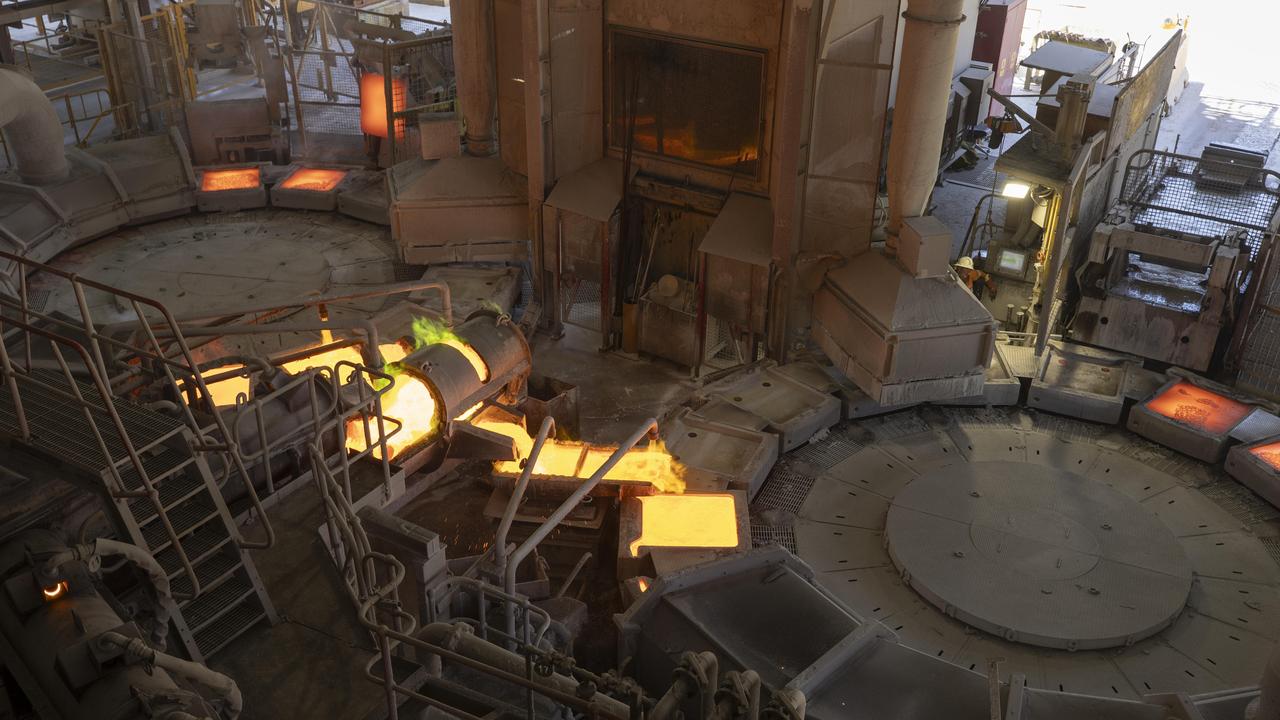
Exact modelling on what this expansion would mean for job numbers and capital investment is yet to be finalised, but the company has outlined a vision of more than doubling its copper production to about 650,000 tonnes a year by the mid 2030s.
Of course, we’ve been here before. BHP canned a planned $20bn expansion of Olympic Dam in 2012. But things feel different this time. SA is home to almost 70 per cent of Australia’s copper and demand for the mineral is forecast to grow by 70 per cent to 2050.
Copper is an excellent conductor of electricity and will be the vital ingredient as electric vehicles take over, renewable energy becomes the norm and the world seeks to achieve net zero climate change targets by 2050.
BHP hopes will make a final decision on the construction of a two-stage smelter in the second half of 2026 and Premier Peter Malinauskas says if the expansion goes ahead, it will create “thousands upon thousands” of new jobs inject an extra $9 billion of mining royalties into state coffers by 2050.
Leaving a legacy
The BHP Olympic Dam expansion would be big news for all of South Australia, but the prospect is especially exciting for the workers who come from all corners of Australia.
Some live just 10 minutes down the road in Roxby Downs. Others fly in from Adelaide each week. A fair whack come from the Upper Spencer Gulf cities of Port Pirie, Port Augusta and Whyalla.
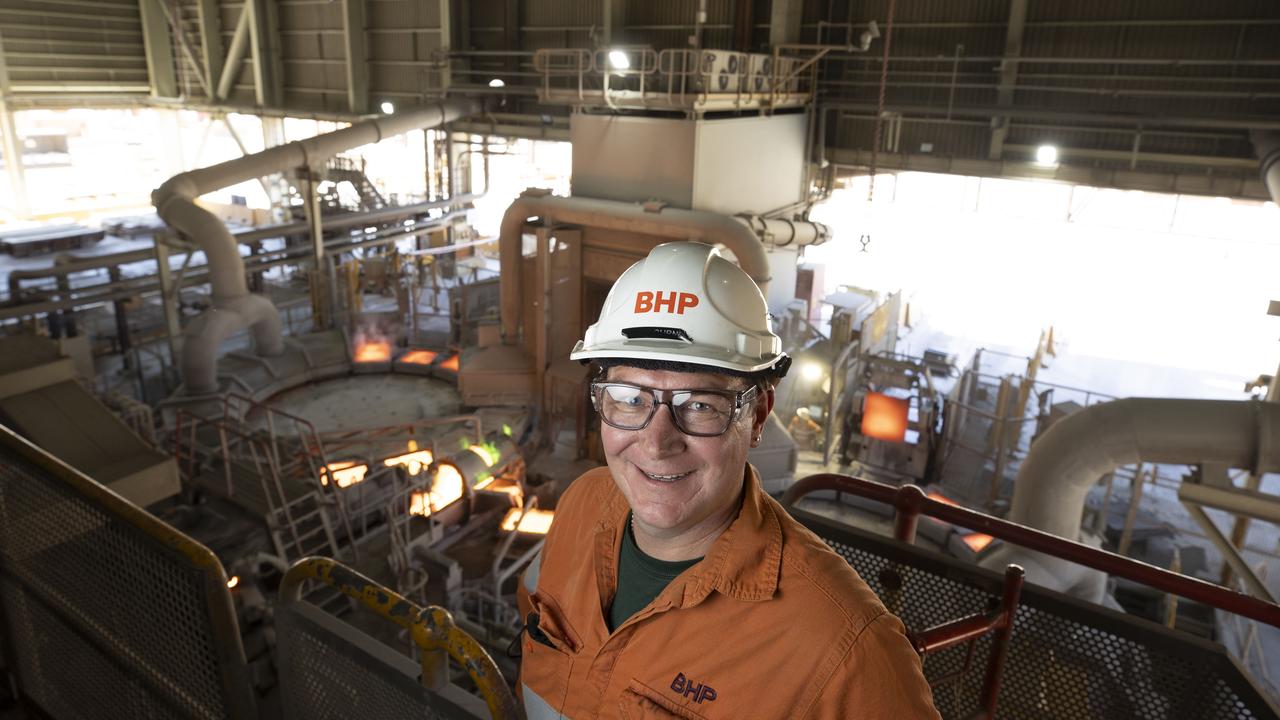
Casting production superintendent Josh Curnow, 41, is a born and bred Port Pirie lad who has worked here for 20 years and makes a 700km round trip to OD (Olympic Dam – they love an acronym up here) every week.
The father of two girls aged 12 and 9 says the expansion would offer him and his co-workers the chance to leave something special for future generations.
“There’s a potential to leave a legacy behind and be part of something truly special, not only for Olympic Dam or for BHP, but for the state of South Australia,” Mr Curnow says.
“To be involved in something like that would be huge – just unlocking the ability to smelt and refine the resources we’ve got spread over the multiple assets that we have.
“You see all of this open space and hopefully within the next five years, there’ll be something built out there that will be game changing.”
When Mr Curnow speaks about BHP’s “multiple assets”, he’s talking about mines at Olympic Dam, Carrapateena (about 100km to the southeast) and Prominent Hill (about 150km to the northwest). The company is also in the exploration phase at Oak Dam (between Carrapateena and Olympic Dam).
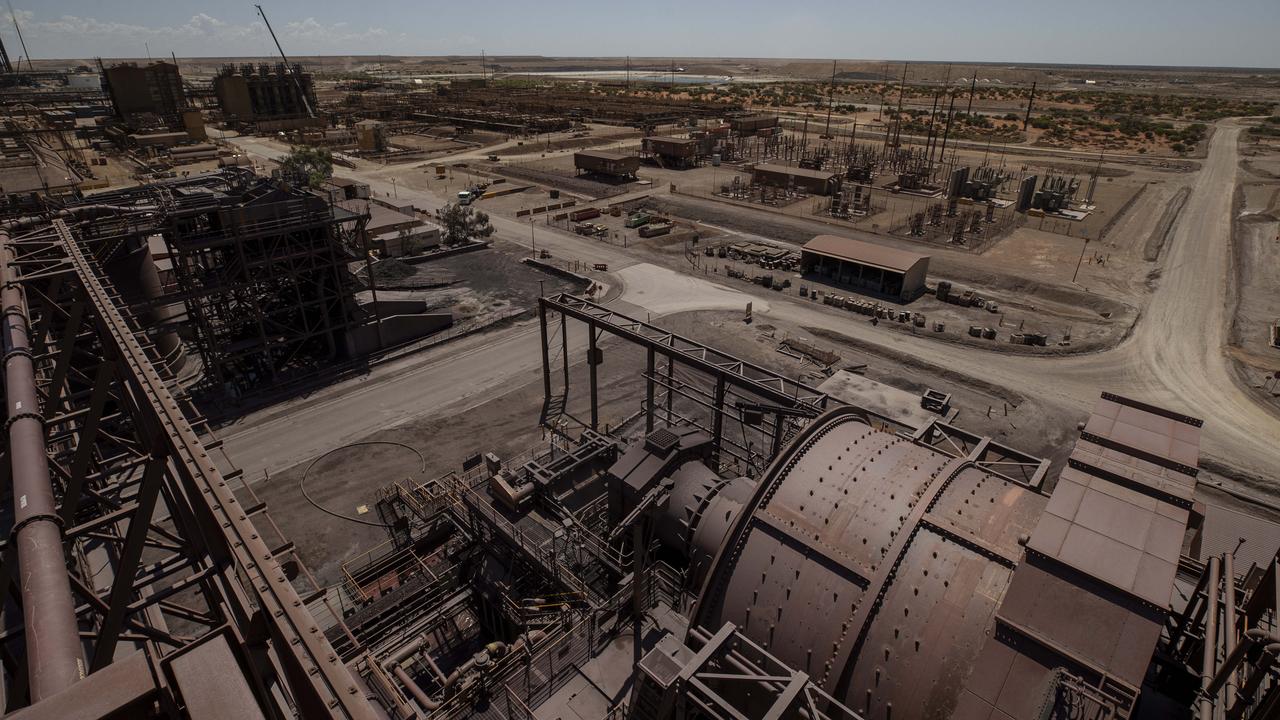
BHP finalised a $9.6 billion takeover of Prominent Hill and Carrapateena from Oz Minerals in 2023 and has high hopes for Oak Dam.
All four mines lie within a huge saucepan-shaped geological zone known as the Gawler Craton, one of the world’s most significant deposits of copper, gold, silver and uranium.
Copper accounts for 60-70 per cent of mineral production at Olympic Dam, uranium 15-20 per cent, gold 10-15 per cent and silver the rest.
The smelter and refineries at Olympic Dam that allow BHP to produce high grade copper are what sets it apart from other mines. And the huge quantity of valuable ore in the Gawler Craton means copper production at OD is capped primarily by the size and capacity of the smelter – hence the expansion proposal.
Loving the Roxby Downs bubble
It’s an expansion Mick and Amanda Nelson, aged 45 and 43, hope will bed down the future of both Olympic Dam and its supporting town Roxby Downs for their teenage daughters Lily and Madison.
The Nelsons moved from Newcastle in NSW to Roxby in late 2012 when the kids were three and one. He is now a production smelting superintendent, she works in admin at OD and Roxby Downs is the only home Lily and Madison can remember.
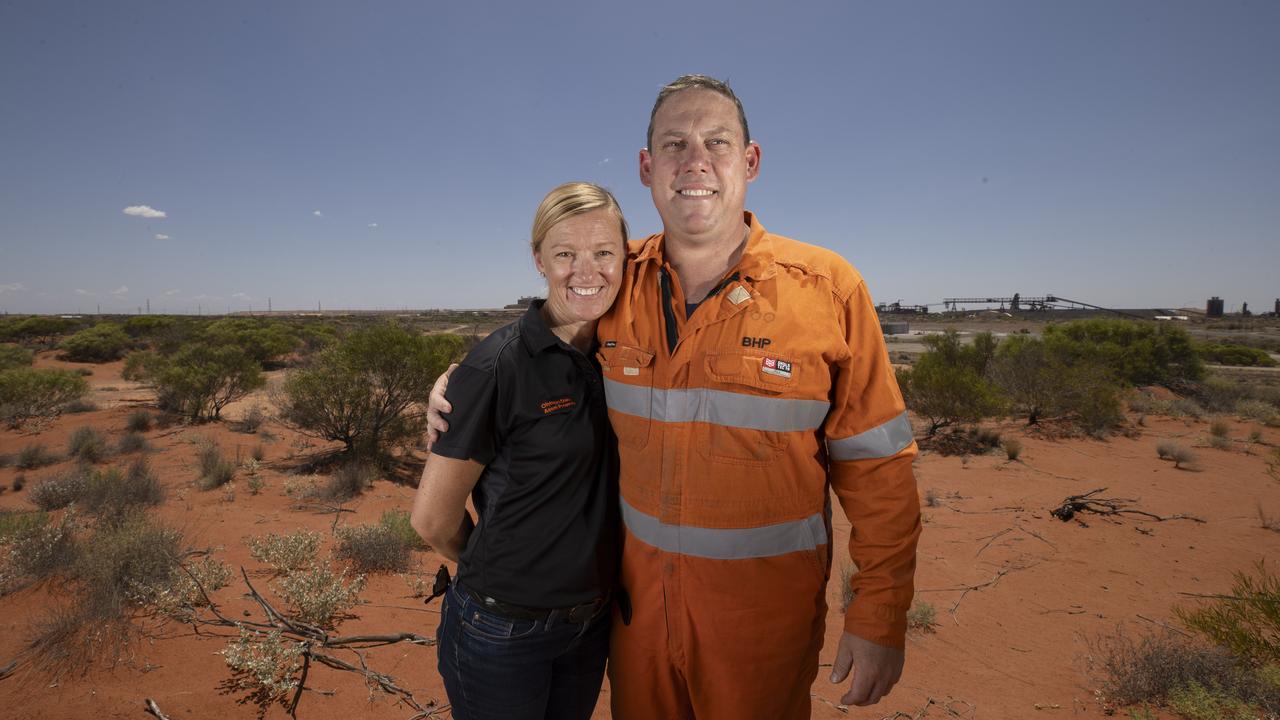
The Nelsons are heavily involved in the community and say growing up in the Outback centre has given their children a sense of independence and community that can only come in the bush.
The girls are both talented athletes and the family regularly makes the six-hour trip to Adelaide (and beyond) for training and games, but they wouldn’t have it any other way.
“We love the easy family life, the freedom,” Ms Nelson says when asked about the attraction of living so remotely. “You can go out bush and not have to worry about kids getting into trouble.
“It’s nearly like old times. We call it the Roxby bubble – it’s like these new modern facilities in a kind of old-style living where you’ve got the safety and comfort of community.”
Lily, 15, who captained West Adelaide’s under-15s SANFLW last year, is in her first few weeks of boarding school at Scotch College in Adelaide. She wants to be an occupational therapist back here at Roxby or OD. Frequent family excursions to the nearby Andamooka opal fields have fuelled a passion for rocks in Madison, 13, who aspires to become a geologist.
The Nelsons are encouraging their kids to explore careers back here at OD, where the financial rewards are rich and many staff operate on a seven days on, seven days off roster.
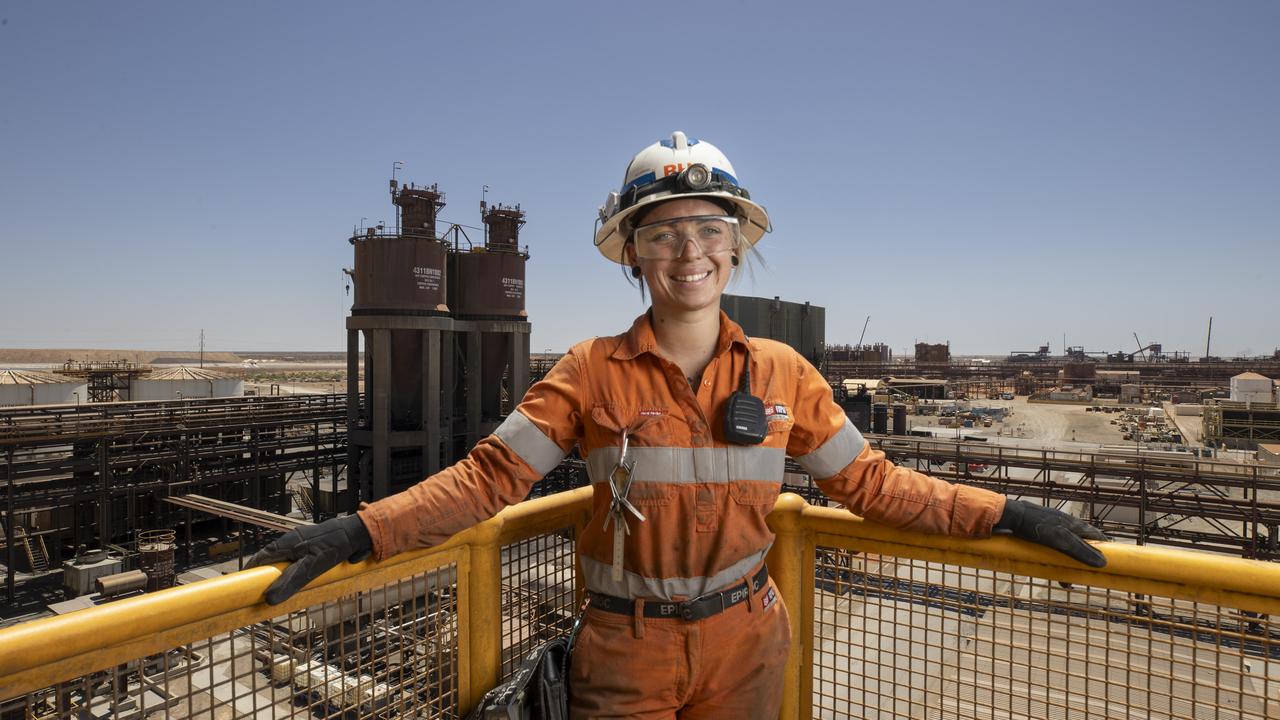
It’s a career Allannah Allpike, 28, never imagined when she was growing up in the Adelaide Hills. She wanted to be a midwife when she was in high school but left school early to work first at Hungry Jacks and then in Telstra and Optus call centres.
But about four years ago she followed the footsteps of a mate became a surface technician at Olympic Dam, one of a growing number of women donning the bright orange personal protective equipment on site every day.
She’s a tapper in the smelter, a job that involves wearing heavy, fire-resistant suits and getting sprayed with molten metal as she gets up close and personal while jamming clay plugs into a furnace that operates between 1200 and 1300 degrees celsius.
“It just feels like hot hail hitting your PPE,” she says.
But she loves being part of the team and is earning nearly four times as much as she was when she was working in the call centres. She bought a house in Munno Para a couple of years ago and is now qualified in rigging, dogging and advanced boiler operations – licences that make her eminently employable for the rest of her working life.
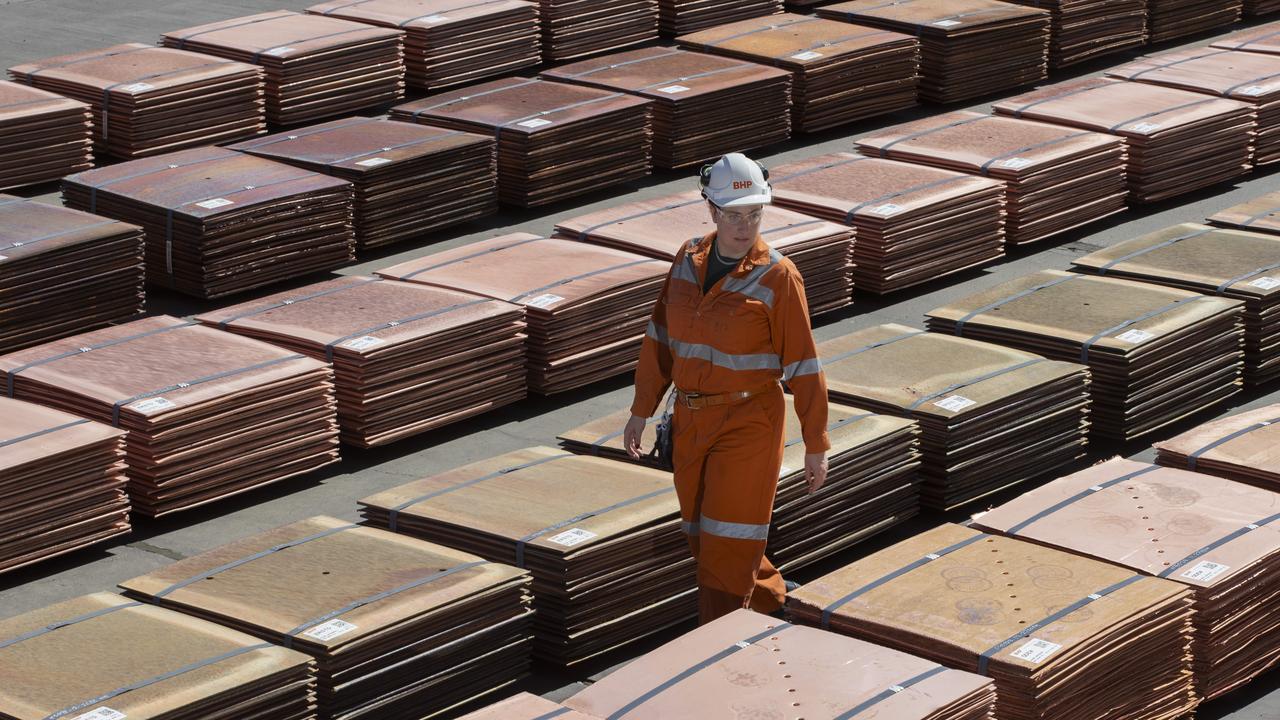
A real buzz
Back out on the apron where $20m worth of finished product is glimmering on concrete in the blazing sun, Kelly McPhee, 37, is showing us around.
She’s a production superintendent who grew up in Darwin, went to boarding school in Adelaide and studied chemical engineering and biotechnology at the University of Adelaide.
Ms McPhee speaks passionately about the excitement of working here, the camaraderie among colleagues, the benefits of being a fly-in, fly out worker and living in one of the two camp villages. The camps, Olympic Dam Village and Roxby Downs Village, boast gyms, a pool, squash, basketball and tennis courts and libraries.
“We’ve got Roxby locals that have probably never gone past Port Augusta, and we’ve got people that have worked across the world,” she says.
“There’s a real mixing pot and coming together around the focus of safely producing our products. There’s just a real buzz around the place.”
Northern Water plan could transform SA
By Paul Ashenden
Business leaders say a proposed $5bn desalination plant and 600km pipeline network from the Eyre Peninsula to BHP’s Olympic Dam Mine could be the most transformative project in the region’s history.
Economic modelling for the Northern Water project forecasts it would contribute an extra $5.2bn to the state economy each year and create an extra 4200 jobs.
The project is a key plank of BHP plans to double copper production at Olympic Dam and Premier Peter Malinauskas says it has the potential to boost the regional economy of the state’s north by 23 per cent.
“South Australia has the resources the world needs, and the surging global demand for copper puts our state in an envious position,” Mr Malinauskas said.
“This unprecedented demand is driven largely by broad scale electrification resulting from the global energy transition. Copper is integral to the infrastructure needed to generate, transport and store renewable energy.
“South Australia is well placed to benefit from this unprecedented demand, having almost 70 per cent of the nation’s identified copper resources.”
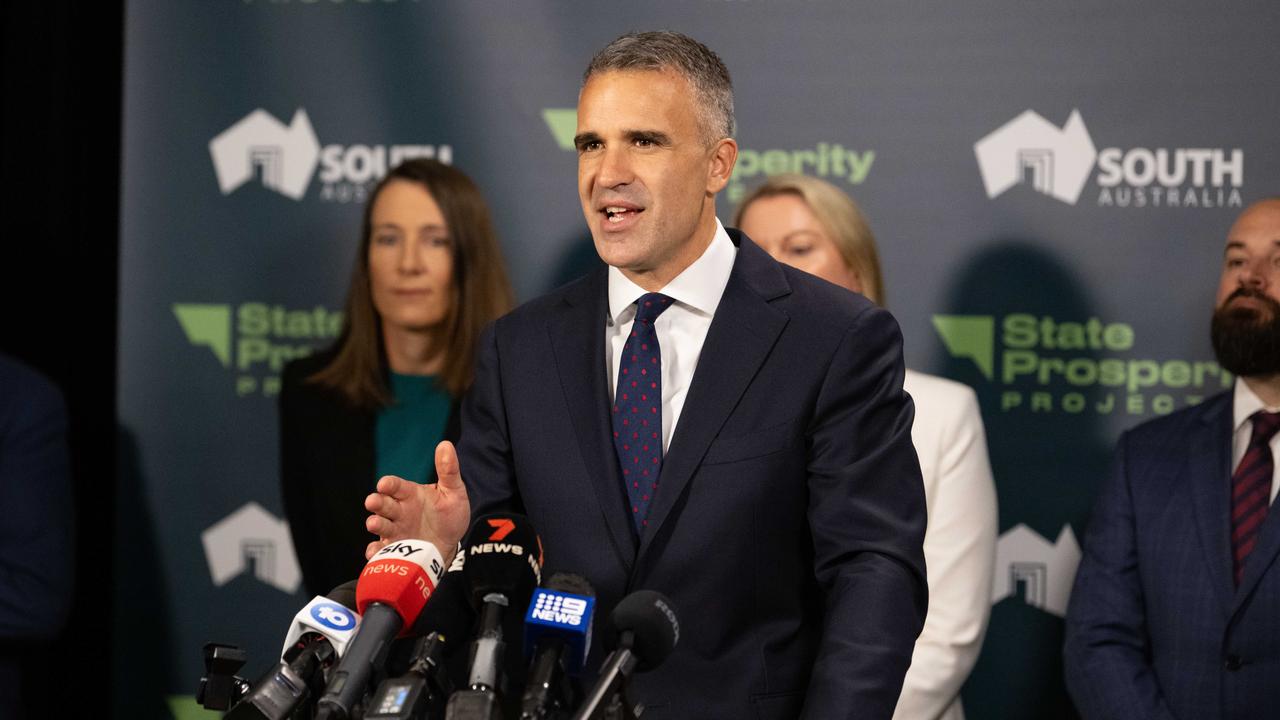
Mr Malinauskas said the state was on the cusp of becoming a “tier one” global copper province but the Northern Water project also had the capacity to benefit the broader mining and mineral processing sector, pastoralists and hydrogen production.
The State Government has invested $100m towards a $230m pre-construction fund for the project. The Federal Government has committed $65m to that fund and the remainder of the cost is shared between BHP, Origin Energy, Amp Energy and Fortescue Energy. A final investment decision is due to be handed down by mid-2026.
BHP asset president copper SA Anna Wiley said Northern Water was a “terrific example” of state and federal governments working with industry and communities to unlock economic activity through strategic, nation-building infrastructure.
“This SA government-led project has the potential to enable significant investment and economic uplift in the Upper Spencer Gulf and Far North of the state, while at the same time using less water from the Great Artesian Basin and the River Murray,” she said.
“Global demand for copper is forecast to increase significantly in coming decades, driven by ongoing growth in traditional copper uses such as house construction and household appliances, the transition to electric vehicles and renewable energy, and – interestingly – the rapid emergence of data centres.
“South Australia is well-placed, with two thirds of Australia’s high-quality copper resources here in this state. BHP has established and is growing a world-scale copper province, and we are working at pace to progress plans to lift production further over the coming decade to meet rising global demand.”
Project leaders are assessing two locations for the desalination plant – Cape Hardy, between Tumby Bay and Port Neil, and Mullaquana Station, about 30km south of Whyalla.
Ryan Viney, chief executive of Regional Development Australia Eyre Peninsula, said Northern Water had the potential to be the most transformative project in the region’s history.
“We already know that access to water is one of the greatest economic enablers for regional areas, and finding a climate independent source of water for domestic and industrial or commercial use is currently one of the region’s highest priorities.
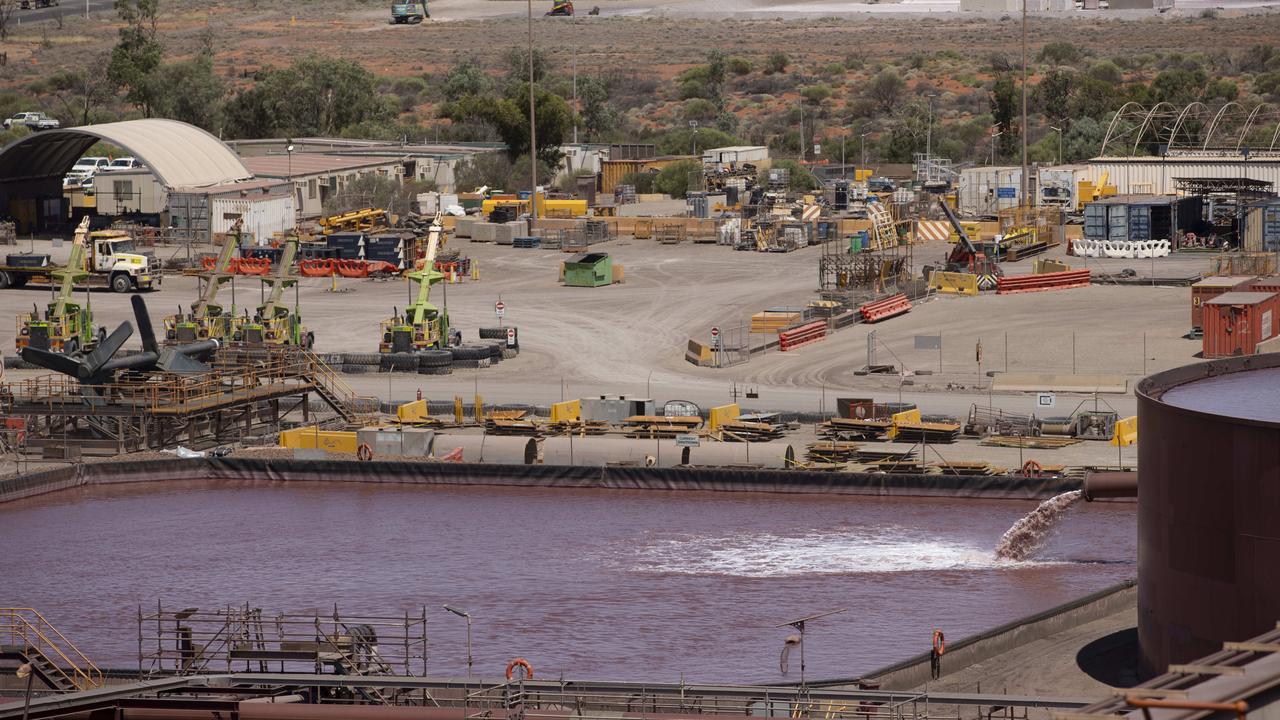
“While the water from Northern Water is intended to provide a source of water for Olympic Dam and other mining operations in the north of the state, it can also open up economic opportunities right across the Eyre Peninsula by unlocking projects currently constrained by a lack of water, including a proposed green hydrogen and ammonia production facility at Whyalla and new multi user deep-sea industrial port precinct at Cape Hardy.”
Committee for Adelaide chief executive Sam Dighton said Northern Water was “exactly the type of project South Australia should be vigorously pursuing” to “herald in a new era of prosperity”.
“(This) will help put SA on the global copper map,” Mr Dighton said.
“It would also provide significant environmental benefits, reducing reliance on the River Murray and the Great Artesian Basin, and is crucial to advancing many other sectors including hydrogen, green steel, green energy and existing horticulture, agricultural and pastoral activities.”
More Coverage
Originally published as Building a Bigger, Better South Australia: BHP plans to double copper production at Olympic Dam will bolster the SA economy









